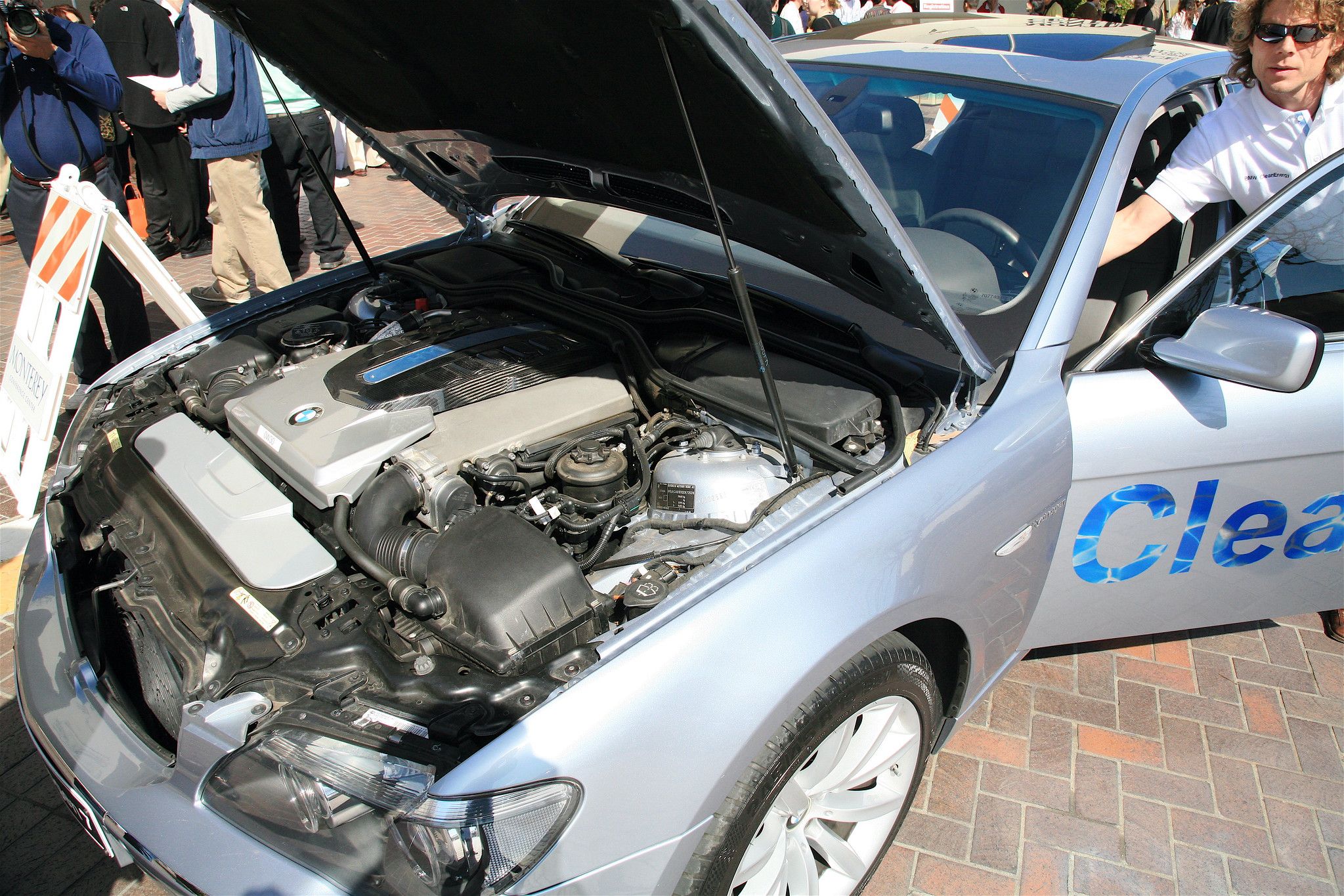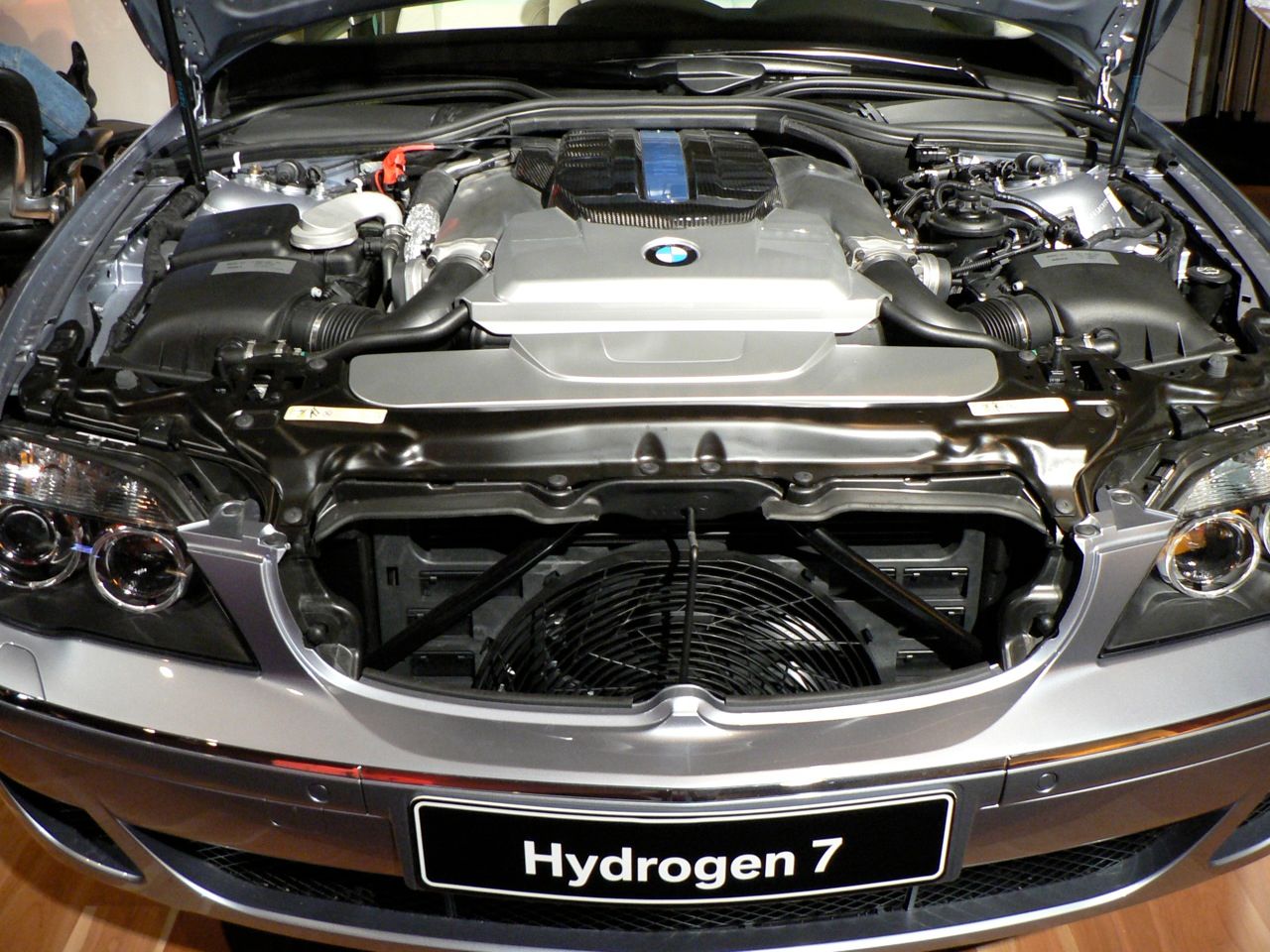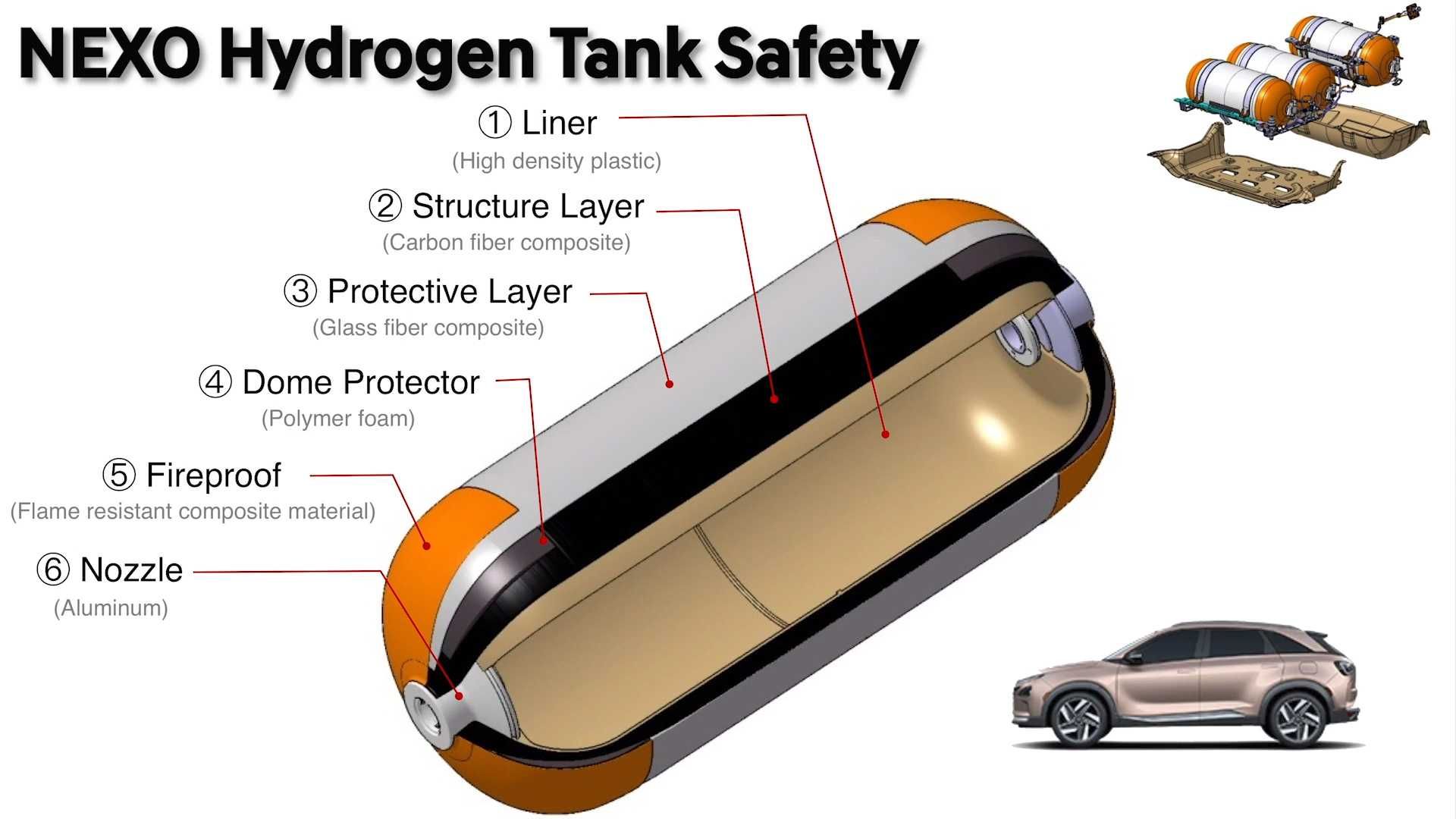With fossil fuel reserves such as oil expected to run out by 2040 and growing concerns about global warming, the need for alternative fuel sources to power automotive vehicles is more important than ever. As the world continues to look for cleaner and more sustainable energy sources, companies like Toyota and Honda have ensured that hydrogen combustion engines are seen as a promising alternative to fossil fuels. Although once touted as a solution, despite the initial hype, the hydrogen fuel engine seems to have lost focus in recent times.
Hydrogen fuel engines are not a zero-emissions solution, yet
BMW CleanEnergy Hydrogen 7 car with hood appeared
Similar to conventional internal combustion engines, hydrogen fueled engines work by using a chemical reaction to release energy from a mixture of fuel and air. To generate thrust, liquid or gaseous hydrogen is burned inside the engine. Although the method is quite similar to how conventional internal combustion engines work, hydrogen is used as fuel instead of fossil fuels. Since there is no carbon involved, there are zero carbon emissions in the entire combustion process, which is why the idea of hydrogen as a fuel source became so popular. But there is a catch.
The basic reaction of hydrogen fuel engines is the combination of two molecules of hydrogen with one molecule of oxygen to create two molecules of water. While this may seem harmless since water is released as a by-product, the high temperatures involved in the process cause the oxygen and nitrogen in the combustion chamber to react with each other and form nitrogen oxides. These nitrogen oxides are harmful to the environment and can adversely affect vegetation and crop yields. As a result, although hydrogen combustion engines do not produce carbon dioxide and other harmful gases, they cannot be considered zero emission due to the release of nitrogen oxides.
The efficiency of the hydrogen fuel engine is not up to par
BMW Hydrogen 7 engine
Because of its potential to provide emission-free mobility, hydrogen is often cited as a viable alternative fuel for cars. Although hydrogen has many desirable properties, hydrogen-powered internal combustion engines (ICEs) have struggled to meet performance and efficiency expectations. Hydrogen internal combustion engines (ICE) are less efficient (20-25%) and generate less power than their fossil fuel counterparts, reducing their range and operating duration.
Hydrogen internal combustion engines (ICE) are conceptually comparable to gasoline engines and as such also emit nitrogen oxides. However, the biggest drawbacks of hydrogen ICEs are their fuel economy and mobility. Because hydrogen has a lower energy density than fossil fuels, more hydrogen must be burned to provide similar levels of energy. Hydrogen fuel cells and electric motors are two examples of more efficient and longer-lasting alternatives to conventional combustion engines.
The internal combustion of hydrogen cannot be cheaper
Vehicle with hydrogen internal combustion engine
The amount of energy contained in a gallon of gasoline is comparable to that contained in a kilogram of hydrogen gas, but the latter has a much higher production cost. The cost of gasoline per gallon in the United States is approximately $3 to $4. But on the other hand, hydrogen costs about $16 per kilo in the United States and can only be produced economically through the use of renewable energy.
Compressing hydrogen in high-pressure tanks, which uses energy, is a necessary step for using it in vehicles. Pure hydrogen is hard to come by on earth, and the vast majority of the world’s supply comes from burning methane, which releases carbon dioxide and other greenhouse gases. However, it is possible to produce hydrogen sustainably by electrolyzing water using renewable energy sources such as solar energy. Although solar energy is a promising option, it cannot solve the problem because it only accounts for a small percentage of the energy produced in the United States. This may change over time, however, if solar energy becomes an increasingly important energy source.
Electric vehicles are outpacing hydrogen ICEs in the automotive market
Electric vehicle parked inside an auditorium for display
Electric vehicles powered by hydrogen fuel are almost twice as efficient as hydrogen internal combustion electric vehicles. Also, hydrogen ICE-powered vehicles will have higher operating costs than battery cars, which are falling in price but increasingly available.
Powered by hydrogen fuel cells, electric motors are more adaptable, compact and offer better performance than hydrogen internal combustion engines. Electric motors also have the advantages of being more reliable and less noisy than ICEs. FCEVs have higher upfront costs than hydrogen-powered ICEs, but their reduced fuel costs make them more economical over time.
The Hydrogen Storage Challenge: Why HCEs Need Large Fuel Tanks
Hyundai Nexo high pressure hydrogen tank safety
Hydrogen internal combustion engines (HICE) have attracted attention as a potential solution for reducing emissions and improving fuel efficiency. However, one of the major challenges of this technology is that hydrogen has a low energy density by volume. This means that to achieve the same level of energy production, a larger volume of hydrogen needs to be stored in the vehicle. As a result, HICEs require a larger fuel tank to deliver the same range and performance as gasoline or diesel engines. This results in a significant increase in the amount of space required to house the fuel tank, which can be problematic in terms of vehicle design and functionality.
In practical terms, a larger fuel tank means less space is available for passengers and cargo, which can limit the practicality and ease of use of the vehicle. This can be a major disadvantage, especially for vehicles designed for commercial or personal use, where space is at a premium. In addition, the size of the fuel tank required for HICEs can also affect the overall weight and size of the vehicle, which can have additional implications for performance and fuel efficiency. This can make it more difficult to design HICEs that are efficient and practical while offering the same level of performance and range as traditional fossil fuel engines.
Despite these challenges, there are still many potential benefits to using hydrogen as a fuel source for internal combustion engines. For example, hydrogen can be produced from renewable sources and has the potential to significantly reduce emissions compared to traditional fossil fuels. However, it is important to recognize the limitations of this technology and work to develop practical and efficient solutions that can meet the needs of consumers and industry alike.







